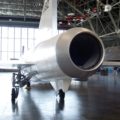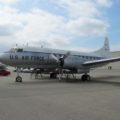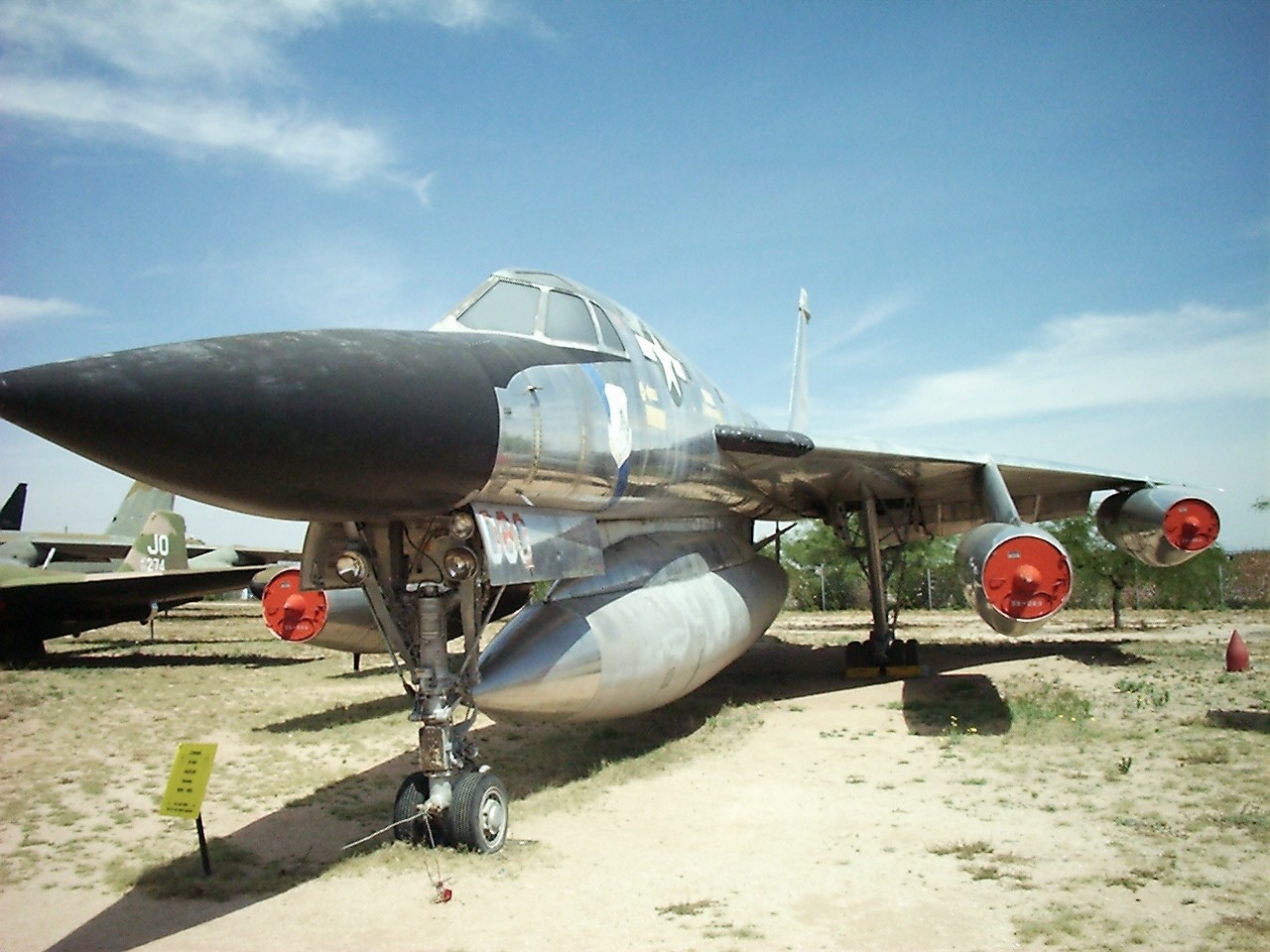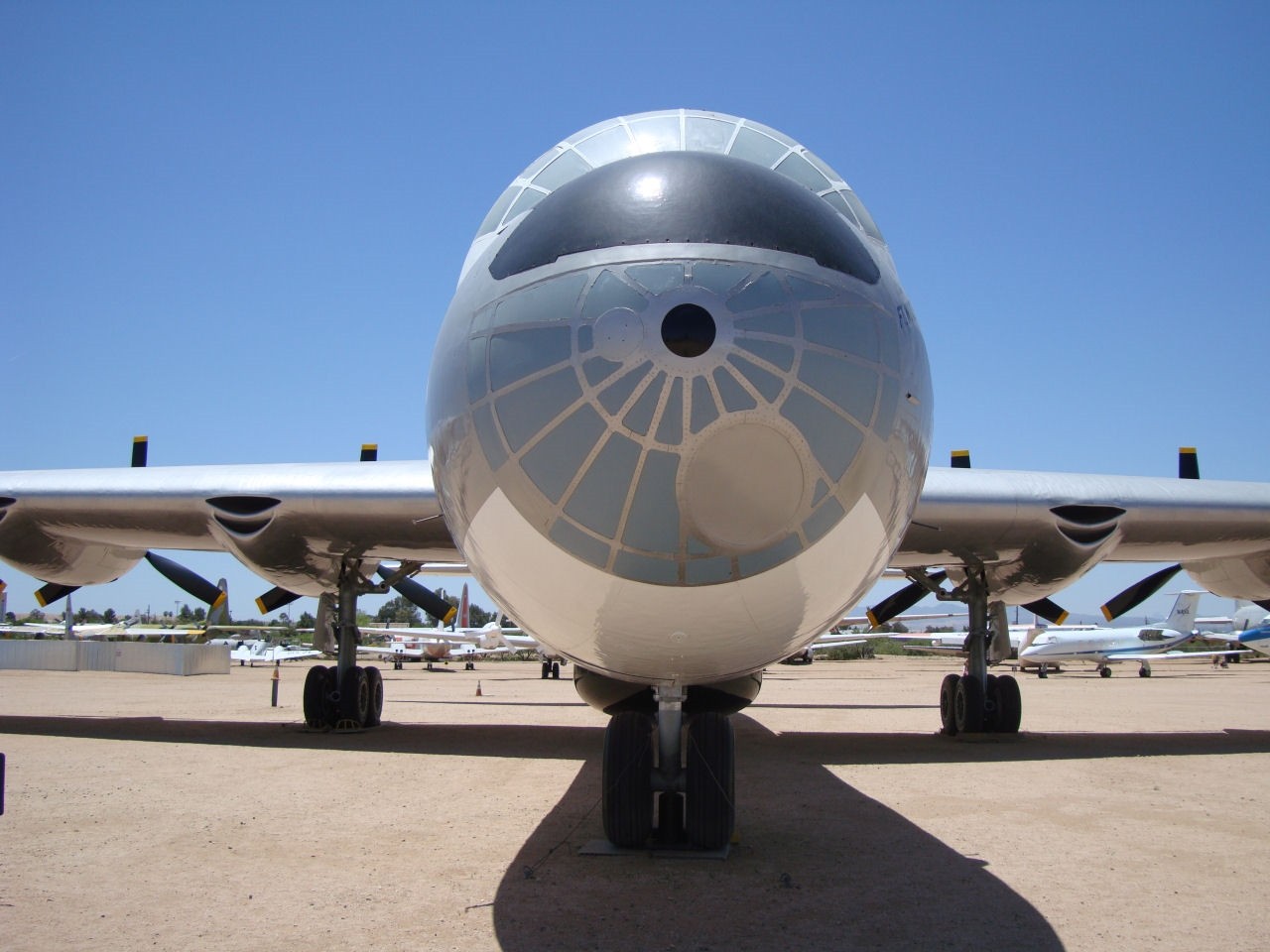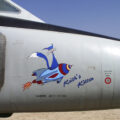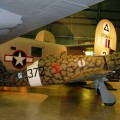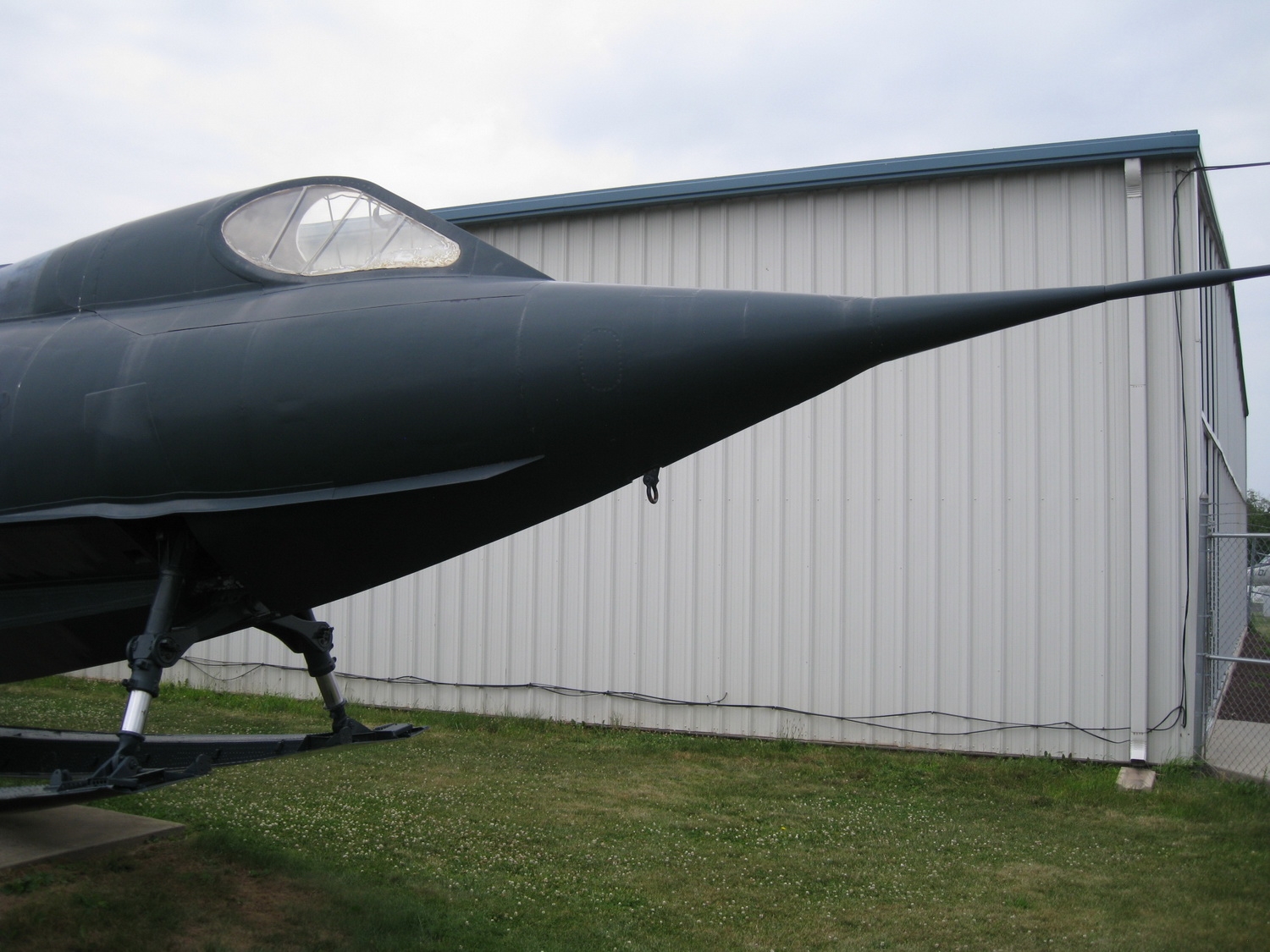
Convair F2Y Sea Dart | |
|---|---|
| Krajiny | Spojené štáty americké |
| Úlohu | Stíhačka hydroplánu |
| Prvý let | 14. januára 1953 |
| Postavený | 5 |
Komisia Convair F2Y morská šípka was an American seaplane fighter aircraft that rode on twin hydro-skis during takeoff and landing. It flew only as a prototype, and never entered mass production. It is the only seaplane to have exceeded the speed of sound. It was created in the 1950s, to overcome the problems with supersonic planes taking off and landing on aircraft carriers. The program was canceled after a series of unsatisfactory results and a tragic accident on 4 November 1954, when test pilot Charles E. Richbourg was killed when the Sea Dart he was piloting disintegrated in midair. The four surviving planes were retired in 1957, but some were kept in reserve until 1962.
Zdrojový: Morská šípka Convair F2Y na Wikipédii
| Convair YF-2Y Sea Dart Walk Around | |
|---|---|
| Photographer | Bill Maloney |
| Localisation | Unknow |
| Photos | 25 |
Nájdite súpravy na eBay:
| Convair F2Y-1 Sea Dart Walk Around | |
|---|---|
| Photographer | Alex Norton |
| Localisation | Unknow |
| Photos | 33 |
Pozri tiež:
| Convair F2Y-1 Sea Dart Walk Around | |
|---|---|
| Photographer | Howard Mason |
| Localisation | Unknow |
| Photos | 76 |
Súvisiace súpravy:
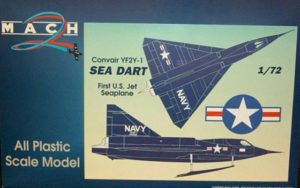
The Convair F2Y Sea Dart was an experimental jet fighter that could take off and land on water. It was developed by the United States Navy in the 1950s as a supersonic interceptor for coastal defense. The Sea Dart was the only seaplane to ever exceed the speed of sound.
The Sea Dart had a unique design that used hydro-skis for waterborne takeoff and landing. The skis were retracted in flight to reduce drag. The aircraft was powered by two Westinghouse J46 turbojet engines mounted in nacelles above the wings. The wings had a delta shape and a thin profile to achieve high speeds.
The Sea Dart program faced many technical challenges and accidents. The first prototype crashed on its second flight in 1953, killing the pilot. The second prototype broke the sound barrier in 1954, but suffered engine failures and structural damage. The third prototype was modified with a longer fuselage and a taller tail, but crashed in 1955 during a public demonstration at the San Diego Bay, killing another pilot. The fourth and fifth prototypes were built with more improvements, but the program was canceled in 1957 due to poor performance and reliability.
The Sea Dart was an ambitious and innovative project that aimed to combine the advantages of seaplanes and jet fighters. However, it proved to be too complex and risky for practical use. Only five Sea Darts were ever built, and none of them entered service. They remain as examples of the technological experimentation and exploration of the Cold War era.
Pohľady : 1824





